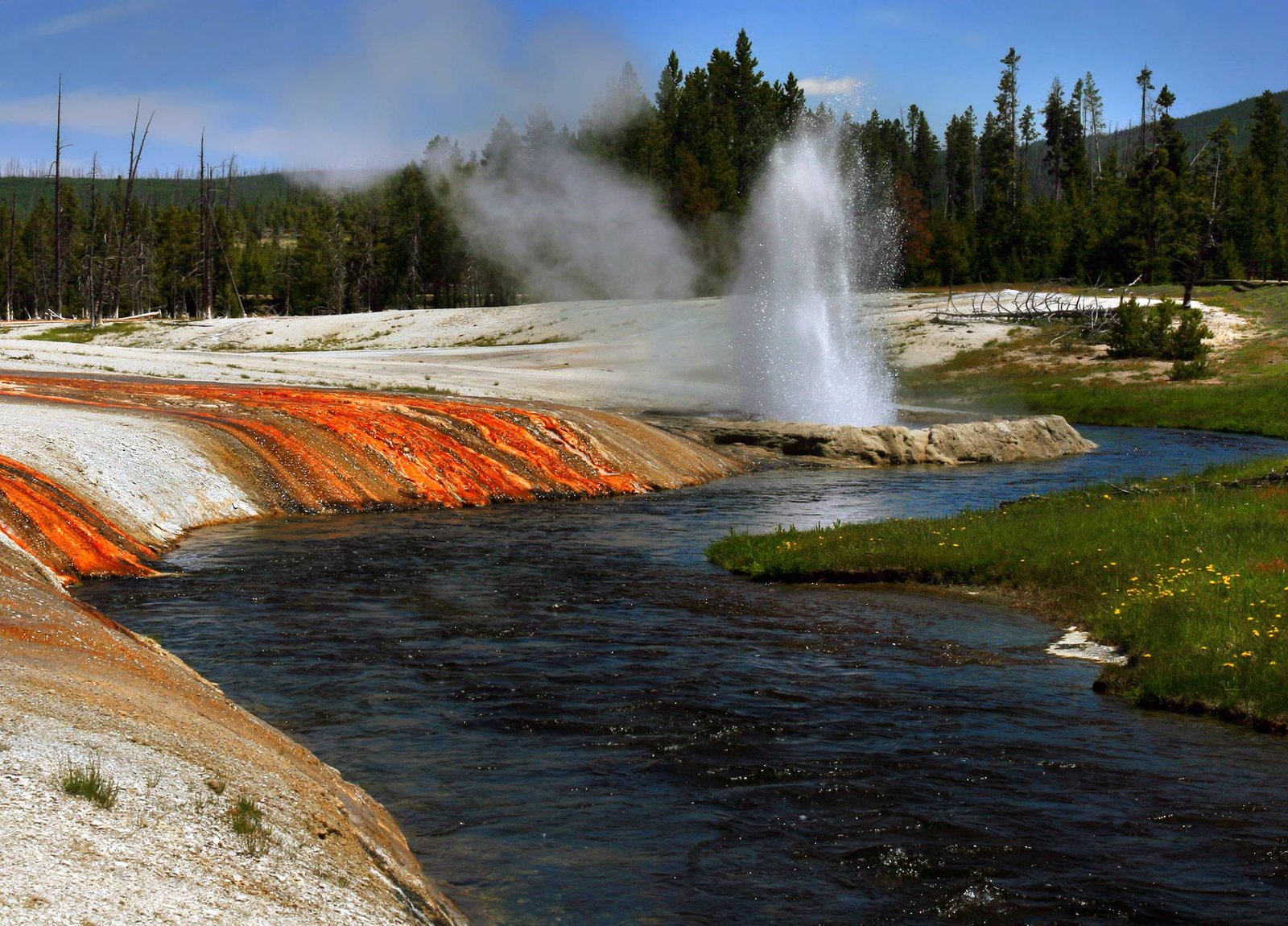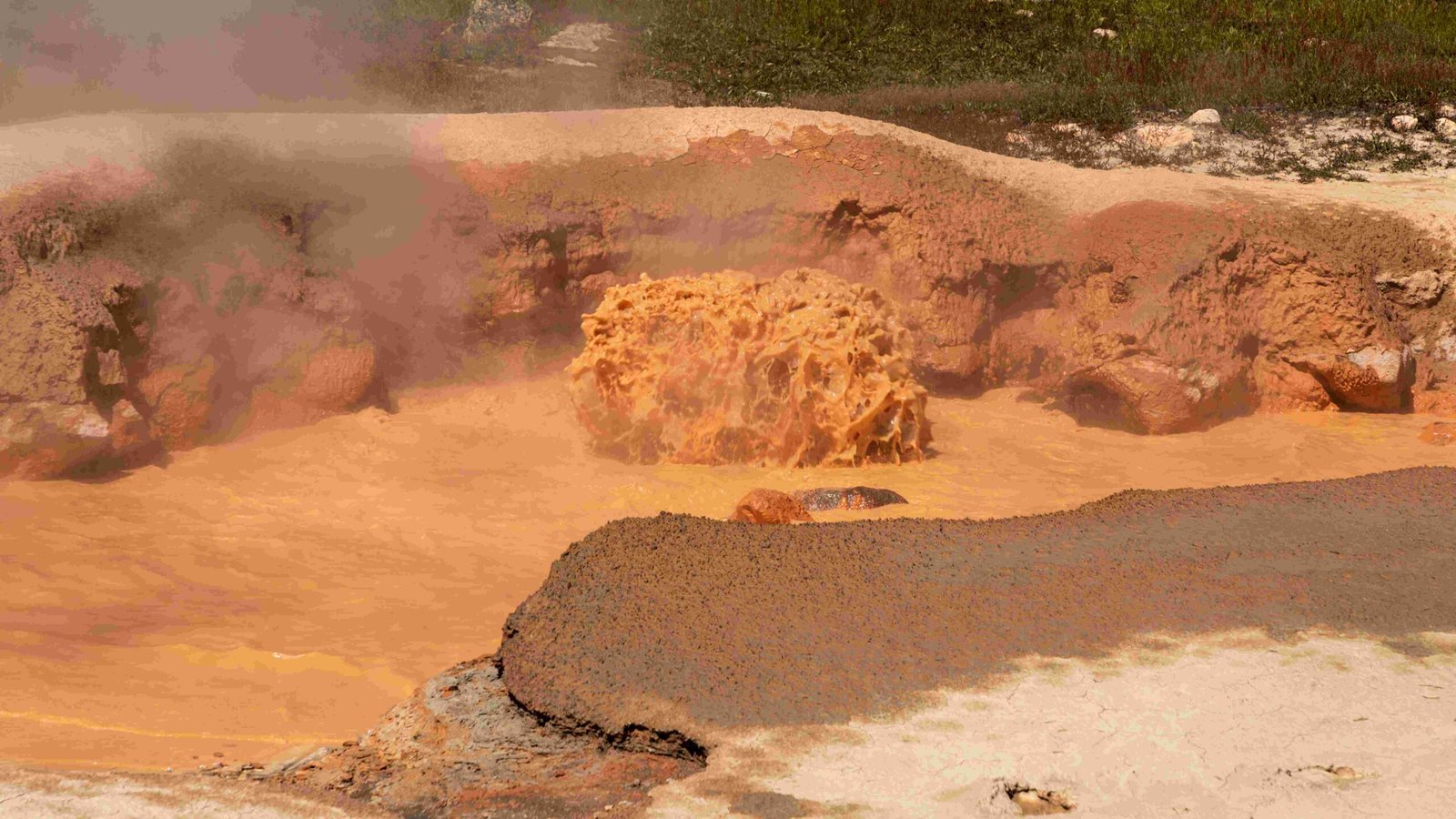Yellowstone National Park’s human history spans over 11,000 years, encompassing Native American presence, early European exploration, and modern conservation efforts. From ancient obsidian quarries to historic trails and archaeological sites, the park preserves a rich tapestry of human interaction with its unique landscape. This article explores the diverse cultural heritage and historical significance of Yellowstone, offering insights into the people who have called this remarkable place home.
What Are the Earliest Signs of Human Presence in Yellowstone?

The earliest evidence of human activity in Yellowstone dates back to the Paleoindian period, approximately 11,000 years ago. Archaeologists have discovered Clovis points, distinctive spear tips associated with some of the earliest known human inhabitants of North America. These artifacts provide a glimpse into the lives of ancient hunter-gatherers who traversed the Yellowstone landscape.
Key findings from this period include:
- Clovis points found near Yellowstone Lake
- Evidence of seasonal camps and hunting activities
- Stone tools made from local obsidian sources
As time progressed, different cultures left their mark on the region, adapting to changing environmental conditions and developing new technologies.
How Did Native American Tribes Utilize Yellowstone’s Resources?

Native American tribes have a long and profound connection to the Yellowstone area, utilizing its resources for thousands of years. The park’s diverse landscape provided a wealth of materials and opportunities for various tribes, including the Shoshone, Crow, Blackfeet, and Nez Perce.
Some of the key ways Native Americans used Yellowstone’s resources include:
- Obsidian quarrying at Obsidian Cliff for tool-making
- Hunting bison, elk, and other game animals
- Gathering plants for food and medicinal purposes
- Using thermal features for spiritual and practical purposes
Obsidian Cliff: A Prehistoric Workshop
Obsidian Cliff stands out as one of the most significant archaeological sites in Yellowstone. This National Historic Landmark was a major source of obsidian, a volcanic glass prized for its ability to form sharp edges when fractured. Native Americans quarried this material for thousands of years, creating tools and trading the obsidian across vast distances.
| Aspect | Details |
|---|---|
| Location | Northwestern part of Yellowstone |
| Age of use | Over 11,000 years |
| Significance | Major source of tool-making material |
| Distribution | Obsidian found as far as Ohio and Ontario |
The extensive use and trade of Obsidian Cliff obsidian highlight the sophisticated networks and technological knowledge of ancient Native American cultures.
What Role Did Yellowstone Lake Play in Human History?
Yellowstone Lake, the largest high-elevation lake in North America, has been a focal point of human activity for millennia. Its shores and surrounding areas contain numerous archaeological sites that provide insights into the lives of ancient inhabitants.
Key archaeological findings around Yellowstone Lake include:
- The First Blood site in the West Thumb area, featuring Late Prehistoric pottery and arrow points
- Stone circles or tipi lodge bases along the southeast arm of the lake
- High concentrations of Obsidian Cliff obsidian and Crescent Hill chert near Fishing Bridge
These sites indicate that the lake area was a hub of activity, where different tribes gathered, camped, and utilized local resources.
How Did Early European Explorers Document Yellowstone’s Human History?
The arrival of European explorers and settlers in the 19th century marked a new chapter in Yellowstone’s human history. These early visitors encountered Native American tribes and observed evidence of long-standing human presence in the region.
Notable early documentation efforts include:
- Accounts from trappers and prospectors noting ancient trails and artifacts
- Philetus Norris, the park’s first superintendent, collecting and documenting artifacts
- USGS and Bureau of American Ethnology surveys in the late 19th century
These early efforts laid the groundwork for future archaeological research and helped preserve important information about Yellowstone’s human past.
What Major Archaeological Discoveries Have Shaped Our Understanding of Yellowstone’s History?
Several key archaeological discoveries have significantly enhanced our understanding of Yellowstone’s human history:
The 1988 Wildfires: Unveiling Hidden History
The extensive wildfires of 1988, while devastating in many ways, had an unexpected benefit for archaeology. The fires exposed numerous archaeological sites, including:
- Extensive quarry pits and processing stations at Obsidian Cliff
- Previously unknown campsites and tool-making areas
- Ancient trails and travel routes
These discoveries allowed archaeologists to document and study sites that had been hidden for centuries, providing new insights into prehistoric life in Yellowstone.
Hopewell Culture Connections
Evidence of long-distance trade and cultural connections has been found in Yellowstone, particularly related to the Hopewell culture of the Midwest. Discoveries include:
- A ceremonial knife typical of Hopewell culture near Yellowstone Lake
- Obsidian from Yellowstone found in Hopewell sites over 1,500 miles away
- Copper sculptures of bighorn sheep (not native to the Midwest) in Ohio Hopewell mounds
These findings suggest epic journeys and sophisticated trade networks spanning the continent.
How Can Visitors Experience Yellowstone’s Human History Today?
Modern visitors to Yellowstone have several opportunities to engage with the park’s rich human history:
- Guided tours focusing on archaeological and cultural sites
- Exhibits and educational programs at visitor centers
- Self-guided trails with interpretive signage
- Museums in nearby communities showcasing regional history and culture
While many archaeological sites are protected and not accessible to the public, the park offers numerous ways for visitors to learn about and appreciate Yellowstone’s human heritage.
Yellowstone National Park’s human history is a testament to the enduring relationship between people and this extraordinary landscape. From ancient hunter-gatherers to modern-day visitors, the park continues to inspire and educate, preserving a legacy that spans millennia.

